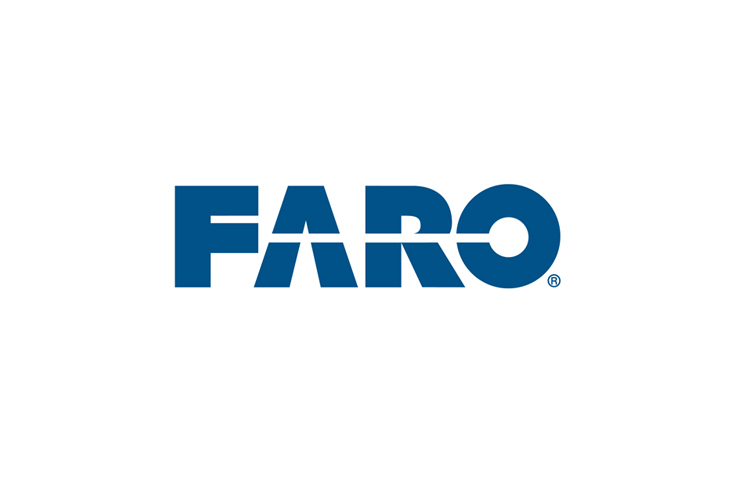FARO continues expansion of factory metrology offerings with acquisition of laser projection technologies, Inc.
The world’s most trusted source for 3D measurement and imaging solutions for factory metrology, product design, construction BIM/CIM, public safety forensics and 3D solutions and services applications, announces the acquisition of Laser Projection Technologies, Inc., a leader in high-speed, long-range 3D laser projection and measurement systems designed for use in manufacturing applications requiring precise component alignment.
Located in Londonderry, New Hampshire, LPT’s line of laser projection and measurement systems are used throughout manufacturing environments around the globe to maximize productivity and efficiency.
“The acquisition of LPT enhances FARO’s robust portfolio of 3D measurement solutions,” stated Dr. Simon Raab, FARO’s President and CEO. “In addition to LPT’s leading laser projection solutions, we believe LPT’s proprietary imaging laser photogrammetry and imaging laser radar technologies have tremendous potential to disrupt the market by establishing a new class of high-speed laser measurement with advanced 3D imaging capabilities and we will focus our integration efforts on rapidly leveraging this potential. This technology is thousands of times faster than currently available Lidar products and has proprietary imaging features, which provide extraordinary qualitative and quantitative inspection capabilities in every area of manufacturing. In addition, this promising technology incorporates a well-developed laser projection capability to guide assembly, making it a fully robotic, high-speed collaborative tool for manual or automated assembly and verification. In this case, ‘seeing’ is truly measuring.”
Factors that could cause actual results to differ materially from what is expressed or forecasted in such forward-looking statements include, but are not limited to:
• development by others of new or improved products, processes or technologies that make the Company’s products less competitive or obsolete;
• the Company’s inability to maintain its technological advantage by developing new products and enhancing its existing products;
• declines or other adverse changes, or lack of improvement, in industries that the Company serves or the domestic and international economies in the regions of the world where the Company operates and other general economic, business, and financial conditions; and
• other risks detailed in Part I, Item 1A. Risk Factors in the Company’s Annual Report on Form 10-K for the year ended December 31, 2015.


